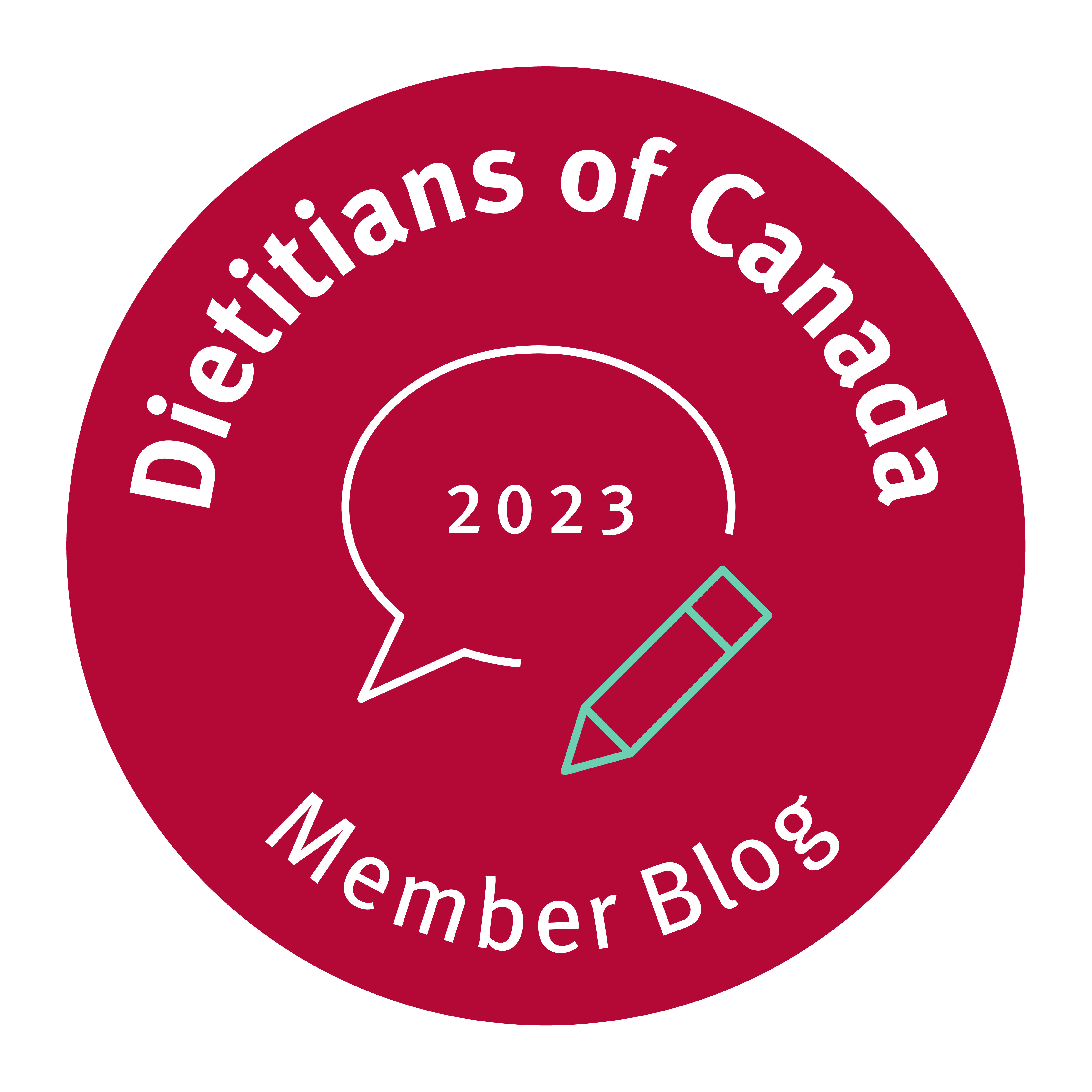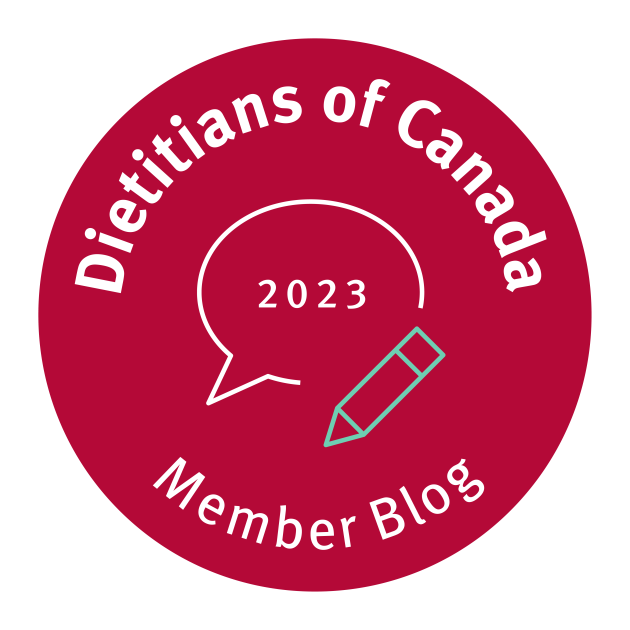
I’ve been reading a number of social media posts lately about the best way to store natural peanut butter. For many people, that layer of oil on top of natural peanut butter is off putting enough to make them forgo that kind and go for other varieties. Various ideas about getting rid of the oil slick were posted but a few contained misinformation about how to store natural peanut butter so I thought a primer on the staple would be useful.
Since I’ve been a peanut butter lover for many years, I’ve tried a few different things to get rid of that layer on top and along the way, learned very quickly about what not to do.
My first misadventure involved spilling off the oil. Then I put it in the fridge, as natural peanut butter should be stored in the fridge once the jar is opened due to the risk for mould growth. Well, I could have used dynamite to get the peanut butter out of the jar. It was a rock hard solid mass of peanut butter. So I quickly learned that the oil is necessary (and it’s also a healthy fat).
My second misadventure involved turning over the jar, after seeing the layer of oil, and storing it in my refrigerator. The problem was that I wasn’t very careful about making sure the lid was completely closed. So once again, there was very little oil in the jar but there certainly was plenty spread over my refrigerator shelf! I’m sure you can imagine what was involved in cleaning that oil slick from my fridge.
So I finally learned my lesson. Store the peanut butter jar, tightly closed, on the kitchen counter for about a day. Then put it in the fridge, upside down, for at least another day, or until you open it. Then after that, you can keep it in the fridge right side up, as long as you haven’t left it out too long and allowed the oil to rise to the top. If you have left it out too long, turn it upside down for a few hours.
If you’re thinking though, that is simply much easier to eat other kinds of peanut butter, keep in mind if you’re from Canada that peanut butter can contain varying amounts of peanuts. This has long been a pet peeve of mine in that, in Canada, peanut butter does not have a standard of identity. This means that you can put as many or as few peanuts in your peanut butter as you like and you can still call it peanut butter. This is something that likely happens with price fluctuations in peanuts. According to how different products have tasted, my guess is that it can vary quite a bit. I first looked into the issue years ago as I had tasted some peanut butter and it tasted nothing like peanuts!
In the US, this simply can’t happen. If the product contains 90% or fewer peanuts, it can’t be called peanut butter. It must be called a peanut butter spread. So when you buy peanut butter in the US, you know what you’re getting.
When I asked one big Canadian company what amount of peanuts were in their product, I was told it was proprietary.
How can this information be proprietary?!
But considering the new food guide, I do think that it is indeed finally time for a change. The new food guide promotes more plant-based protein foods but if you’re opting for a peanut butter with significant amounts of added oils and sugar, then it really should not be considered a protein alternative. The nutrients simply won’t measure up to a product containing 100% peanuts. While the nutrition facts tables don’t vary, I’m sure that food companies are allowed to make changes in their product at various times without having to redo their labels.
While I’ve long thought that we should have similar guidelines in Canada as there are in the States, I think that now is the time for Health Canada to act and give peanut butter a standard of identity.
What do you think?




Ugh, I had no idea. We have a peanut allergy, so we don’t have peanut butter in the house. I imagine the same sort of shenanigans are played with all nut butters. Buying good food should be easier!
I agree, Getty! It is infuriating that there’s no obligation for food companies to disclose this information! I really don’t understand how we don’t have the same regulations about peanut butter as there are in the U.S., especially considering the emphasis on plant-based proteins.
Thank you for the article, it’s quite informative!
I think food producers must put the ingredients onto the labor regardless. So if besides peanuts there are other things they need to show this on the label under “ingredients” section?
Maria, the companies do need to include the various ingredients on the label but when they have various oils and sweeteners included, you can’t tell how much there is of each ingredient or how many peanuts there are in the jar. It’s quite ridiculous.
With plant based protein being the “new” emphasis Health Canada should mandate the percentage of peanuts in our Canadian peanut butter. Is there any peanut butter like product in Canada named as a spread? I don’t think so as they are all called peanut butter…and … I didn’t know this, so thank you!
I have not seen any peanut butter spreads in Canada and do not believe there are any regulations dealing with this issue. I am in complete agreement with you. In fact, I had asked Health Canada about this issue years ago when I first found out about this lack of a standard of identity. While there wasn’t the emphasis on a plant-based diet, peanut butter was still listed in the Food Guide as an alternative to meat and when you consider the potential lack of nutrients, it should not have been included without that standard of identity.
I think so also. I recently bought a jar of kraft peanut butter and immediately tasted the difference from previous jars used in early 2018. The product tasted less peanut like and more filler, like flour.
Thanks for your comments, Jacqueline! I’m glad that you agree that peanut butter should be exactly that: peanut butter and not a whole lot of fillers. That’s exactly what happened to me and why I ended up looking into the whole issue. It’s definitely time for Canada to follow in the U.S.’s lead and let consumers know when they’re choosing a product with too few peanuts.
Yes they should have a standard 1😤
Since peanuts are the only ingredient that provide protein in most commercial peanut butters, you can guesstimate the amount of peanuts in the peanut butter by looking at the grams of protein per serving. For instance, Kraft all natural PB (which only contains peanuts ) has 4g protein per 15g serving, while Kraft regular smooth PB has only 3g protein for the same serving size. So, we can *roughly* guesstimate that 3g / 4g = 75% of the Kraft smooth PB consists of peanuts.
To get a more precise answer, I checked out more precise nutrition facts for spanish peanuts (which are normally used in commercial PB) and it’s 3.9g protein per 15g serving. And I found a bulk 10kg Kraft smooth peanut butter jar with higher-precision nutrition facts stating that it contains 2.67g protein per 15g serving. So, the percentage of peanuts in Kraft smooth PB is approximately 2.67g / 3.9g = 68.5%, which is quite disappointing to say the least.